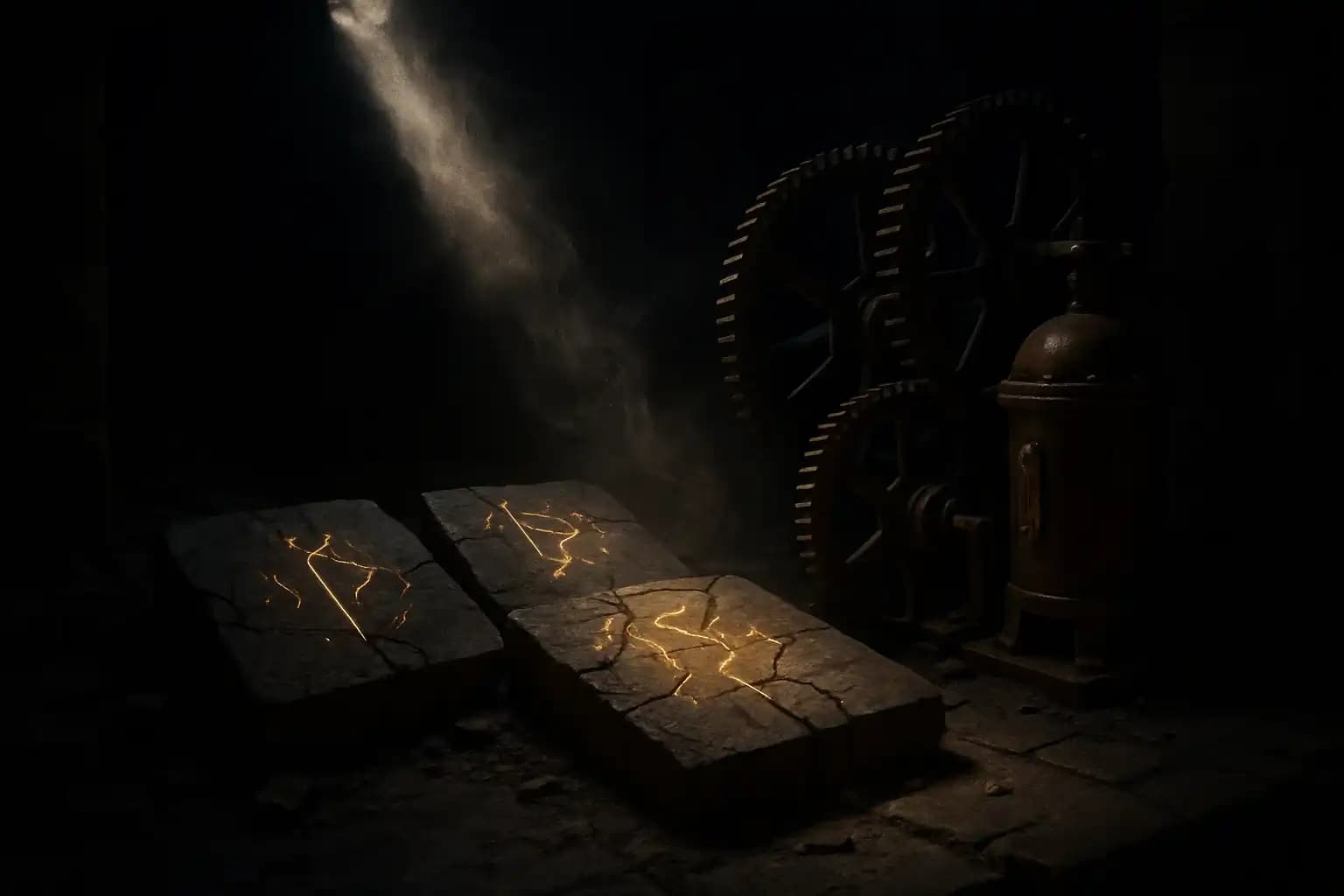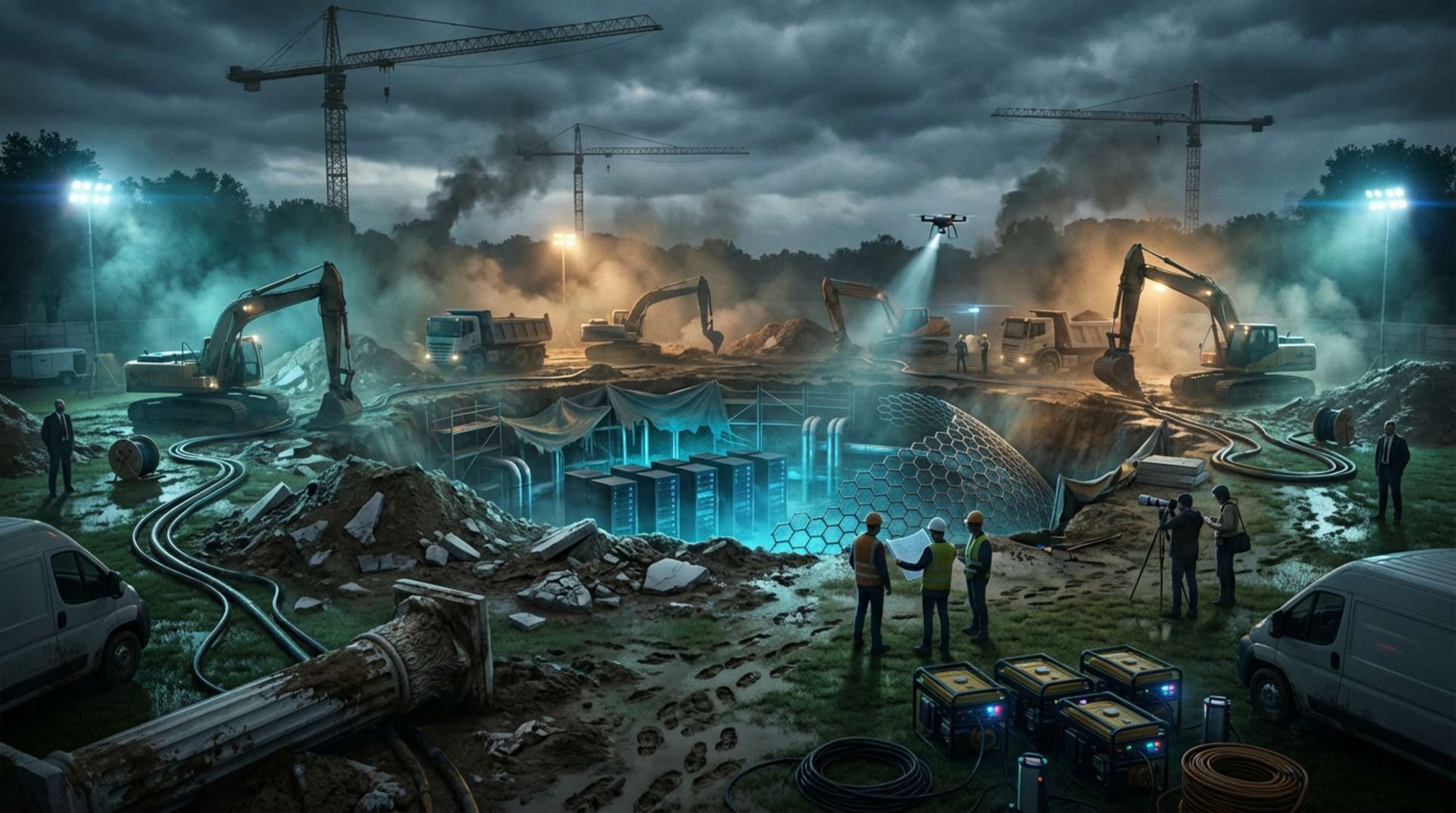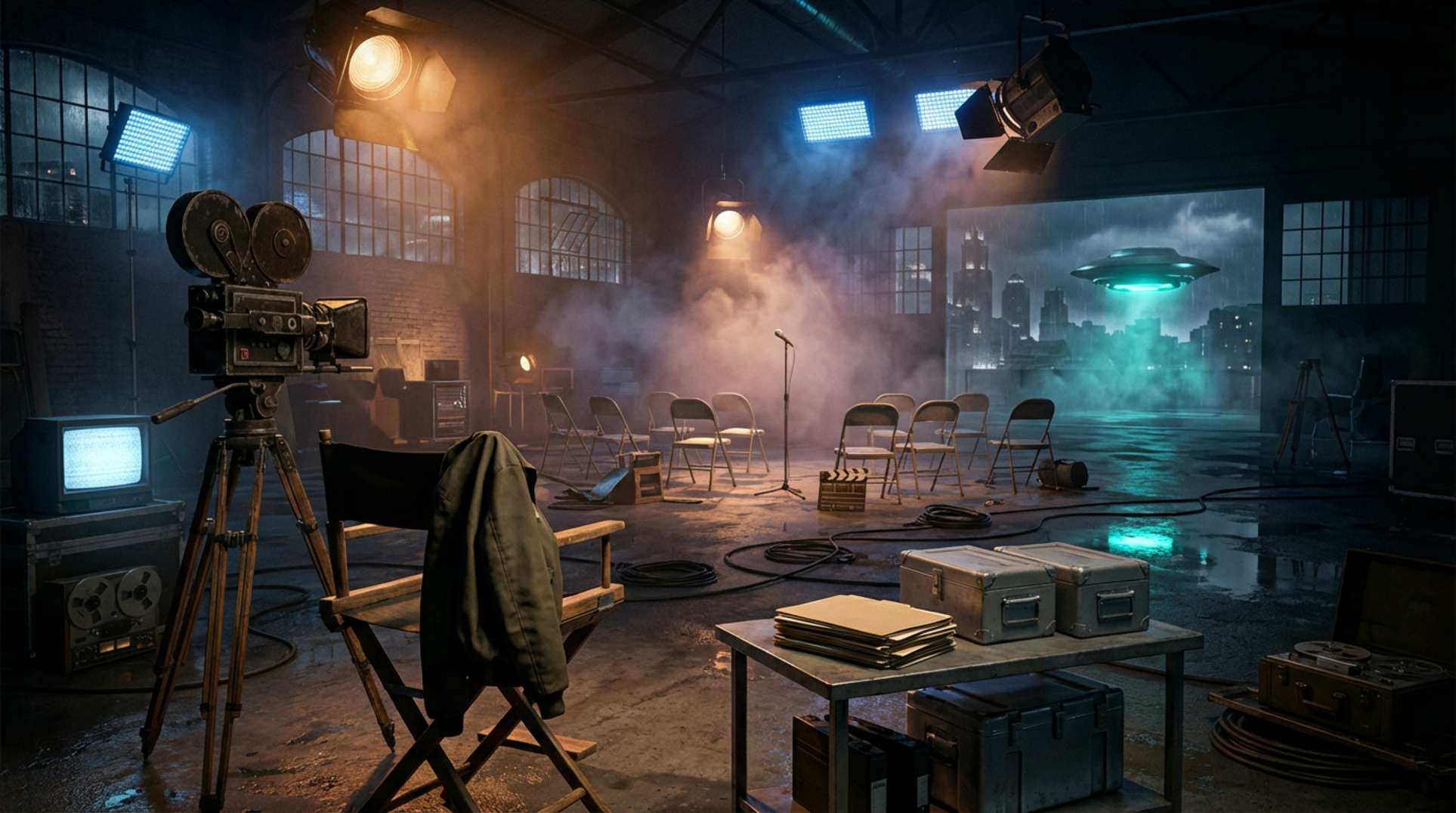1. The Locked Library Beneath the Ziggurat
Imagine a sandstone vault under an ancient Mesopotamian temple. Torches sputter. Clay tablets rest on cedar shelves. Priests in embroidered shawls chant coordinates only they understand. Legend claims those tablets mapped solar storms, earthquake cycles, and chemistries capable of splitting stone—a disaster handbook thousands of years ahead. The elite called that stash Kullattu, “the weave.” Everyone else knew not to ask.
Modern archaeologists have unearthed fragments, but rumors suggest most of the cache was taken during colonial expeditions. Freight ledgers from 1899 list Artifacts—Scientific destined for private European vaults. Follow the paper trail and you find redacted shipping manifests now emerging through crowd-sourced detective hunts. When institutions go quiet, conspiracy thrives.
2. Sacred Equations or Survival Manual?
The high priests did not hoard trivia; they hoarded leverage. Flood warnings carved into alabaster allowed cities to evacuate before rival kingdoms drowned. Formulas predicted eclipses that commoners saw as omens, elevating priests to weather gods. Some tablets describe copper cylinders submerged in wine—prototypes strikingly close to galvanic cells. If the so-called Baghdad Battery stored charge, ancient altars served as power stations, a concept that still stirs debate in open science boards.
Secrecy maintained that power. Break the secrecy and the masses gain tools to save harvests or weaponize lightning. Nobody knows which outcome arrives first.
3. Esoteric Maps of the Sky
Cuneiform observations of Venus cycles match computer models to within minutes, baffling astrophysicists. How did goat-herding astrologers chart ephemerides with such precision? One theory points to lost optics. Fragments of polished quartz found in palace rubble suggest telescopic lenses centuries before Galileo. A single lens changes everything—navigation, calendar accuracy, even missile trajectories for warlords with catapult ambitions.
Connecting those sky maps to modern threats gets easier when you review orbital-decay analyses hidden in geophysical briefings. If priests foresaw magnetic upheavals, today’s grid operators might want their notes yesterday.
4. Underground Circles and Whisper Networks
Secret knowledge never remains entirely secret. Medieval alchemists copied fragments into grimoires; Renaissance hermetics quoted them in code. During World War II, occult-obsessed advisors scoured museums for “Thor’s weapon” or the “Spear of Destiny,” believing ancient tech could influence battles. Post-war, those files vanished behind steel doors catalogued in remote expedition logs. Ask curators today, and they shrug—budget cuts, misfiled crates, blame the janitor.
5. Modern Leak Points
In 2018 a freelance translator posted four tablet photos on a numismatic forum. Within an hour, the images vanished; accounts were banned, threads scrubbed. Copies remain on darknet mirrors, showing wedge-marks some linguists interpret as resonant-frequency formulas—instructions to shatter stone with tuned sound waves. This idea aligns with Cold-War research into acoustic weapons, the same path evident in declassified blueprints for embassy “buzzers.” If a Bronze-Age priest could focus sound to collapse walls, imagine drone swarms armed with speaker arrays.
Corporate security firms now scan employee devices for “cuneiform glyph sets” alongside malware signatures. That tells you fear has reached boardrooms.
6. Why Release the Scrolls Now?
The world tilts. Polar meltwater changes Earth’s moment of inertia; weather extremes disrupt crop forecasts; satellite feeds stutter under solar hiss. Societies sense instability long before politicians admit it. Demand for ancient survival algorithms spikes. Prepper forums analyze temple math to predict the next super-eruption featured in geologic watch posts. When institutions fail, people raid old toolboxes.
However, half-decoded formulas can mislead. A misunderstood irrigation spell might flood a valley; a mistranslated alloy recipe could contaminate groundwater with arsenic. Knowledge without context is shrapnel.
7. The Magi’s Last Gatekeeper
Oral tradition claims one lineage guards the full canon. They meet at equinox in a limestone cavern—coordinate whispers suggest a location near the South Atlantic magnetic anomaly, the zone tracked by satellite mission logs. According to the tale, initiates must solve a tri-layer cipher: prime numbers, star indices, and an alchemical riddle whose answer is salt. Fail, and the door closes forever.
Skeptics scoff. Yet encrypted traffic spikes every equinox along fiber routes to Patagonia. Data packets flagged by pattern-recognition algorithms carry payloads that defy known compression ratios. Maybe that’s nothing. Perhaps the gatekeeper simply updated his VPN.
8. Extraterrestrial Footnotes
Some scrolls reference beings “with faces bright as copper” descending on columns of wind. Fringe theorists link them to visitors studied in ongoing sightings logs. If the high priests exchanged notes with something non-human, their knowledge ceiling could soar. One tablet fragment even sketches a star map pointing to Zeta Reticuli—decades before telescopes revealed that binary system. Coincidence? Perhaps. Or evidence of a cosmic tutoring program.
9. Risk Matrix: Hoard, Share, or Destroy?
Hoard: Keep the tablets locked, hope modern society never needs them. Downside—next flood, plague, or electromagnetic burst blinds civilization while answers sit in a crate.
Share: Publish scans online. Upside—collective problem solving. Downside—bad actors weaponize blueprints faster than peer reviewers can respond.
Destroy: Nuke the vault and sleep easy. Downside—erase humanity’s insurance policy.
Priests chose hoarding; modern leakers lean toward sharing. Neither model solves the weaponization dilemma. One tech anthropologist proposes a “knowledge failsafe”—release fragments only when machine-verifiable existential threats cross a threshold. In other words, unlock the spell when the asteroid looms.
10. Practical Takeaways for the Rest of Us
While elites debate, you can act.
- Study basics. Learn to read the sky: solstice points, cloud fronts, lunar tides. Priests did it; so can you.
- Archive locally. Print, don’t bookmark. EMPs devour servers like termites.
- Experiment small. Don’t scale a copper-vinegar battery to Tesla-coil size in your living room. Start with a coin cell.
- Cross-reference. Compare any leaked tablet formula with academic journals accessed via open physics archives. If numbers clash, step back.
Prepared communities already test ancient farming calendars against climate apps. Results? A 10% bump in tomato yield. Not bad for goat-herder math.
11. The Clock Strikes Eschaton
If you believe in apocalyptic timelines, we race multiple countdowns: climate feedbacks, biolab leaks, AI runaways. When systems crash, forgotten scrolls shift from historical footnotes into user manuals. This places guardians of ancient knowledge at an ethical fork. Release too late, and society collapses; release too early, and warlords weaponize thunder.
No comfortable solution exists, but hiding behind velvet ropes feels like hubris. Ask any extinct civilization carved into desert cliffs—knowledge locked away saves no one.
Conclusion: Written in Dust, Waiting in Code
The high priests and Magi locked their wisdom away to preserve hierarchy. Today, hierarchies wobble, and the vault walls crack. Whether a leak drips or floods depends on whistle-blowers, archivists, and maybe you. Keep your eyes on the equinox packets, learn the constellations, and maintain a healthy stock of blank paper. When ancient algorithms surface, you will want a backup—and many pencils—in case the servers go dark.
For leaks the gatekeepers forgot to shred, keep refreshing Unexplained.co. Just remember: some doors, once opened, never close again.





